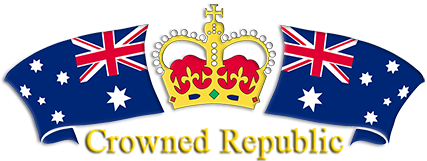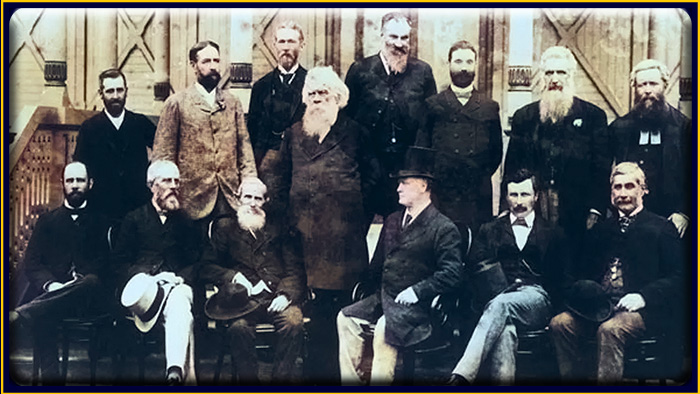Crowned Republic: Introduction The dictionary According to the Macquarie Dictionary, a republic is a state where "the supreme power resides in the body of citizens entitled to vote and is exercised by representatives chosen directly or indirectly by them."(For more detail from the dictionaries, go to Definitions.) Usage and political theory Sir Thomas Smith introduced the term "republic" to describe the English system as long ago as the sixteenth century. He was an English diplomat and one of the most outstanding classical scholars of his time. He studied at Padua and was made Regius Professor of Civil Law and Vice-Chancellor of Cambridge University. He was also a Member of Parliament, an ambassador to France and as a secretary of state, a very close and trusted confidante of Queen Elizabeth I. His book, "De Republica Anglorum; the Manner of Government or Policie of the Realme of England," was published in 1583. […]


